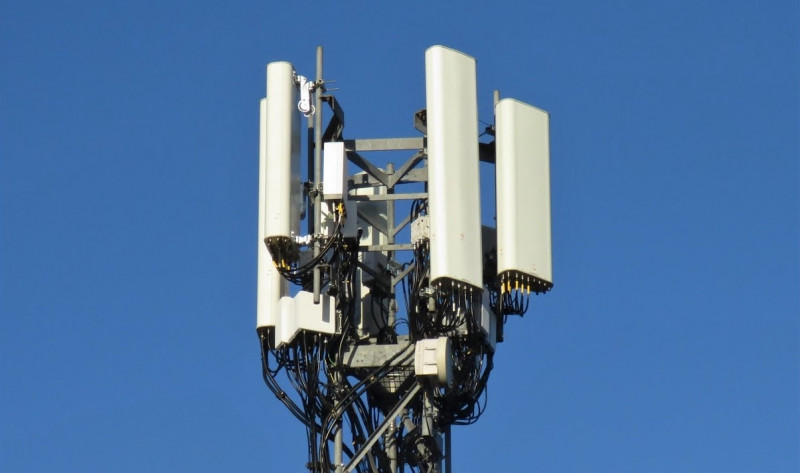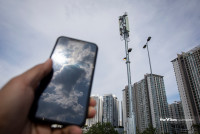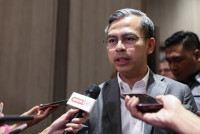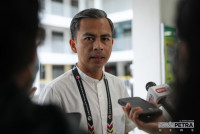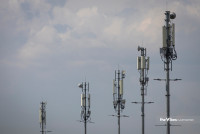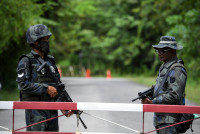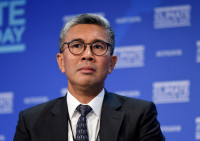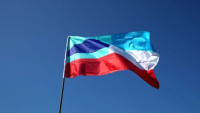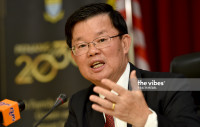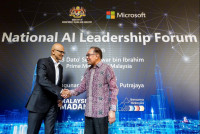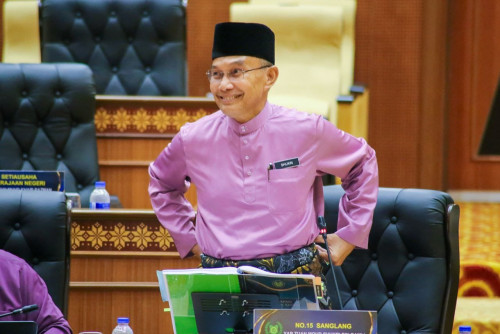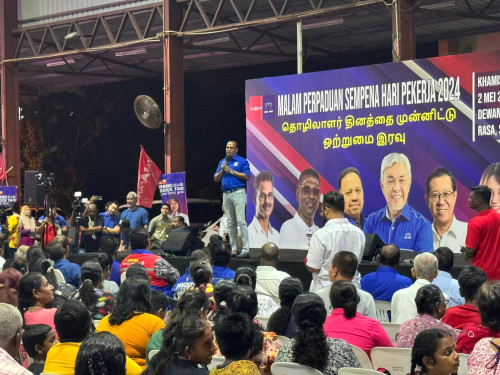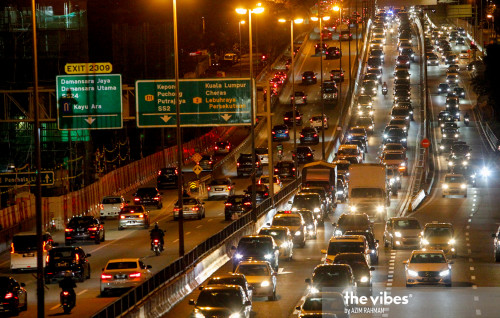DIGITAL Nasional Bhd’s (DNB) government-owned, single wholesale 5G cellular communications network (SWN) has attracted much criticism and accusations of being a government-owned monopoly by some media articles and politicians alike, as if that is necessarily a bad thing.
The UK-based Sarawak Report dubbed it “5DNB” and as a successor to the controversial 1Malaysia Development Bhd.
Meanwhile, Malaysia’s current mobile network operators (MNOs), which have deployed their own 2G, 3G and 4G networks, instead want to deploy their own respective 5G networks as well, while according to the Malay Mail on December 14, sources in the industry revealed that major MNOs have requested that the government allow for a second 5G wholesale network operator owned and run by a consortium of MNOs.
Without their own 5G networks, these MNOs, which partner with DNB, will be delivering their 5G cellular services to their respective retail subscribers as 5G MVNOs (mobile virtual network operators) over licensed 5G networks such as DNB’s or their proposed consortium’s network.
The Malaysian cabinet will be deciding on whether to allow more than one 5G network operator in January 2022.
Adopted in several countries
Known in the telecommunications industry as an “open-access” model, the wholesale and retail operator concept employed by DNB is not new and has been adopted in several countries.
As an analogy, the federal and state government-owned roads in Malaysia, as well as the highways built and maintained by a concessionaire with rights to collect toll, are all open-access, shared infrastructure, upon which various public and private service providers such as bus, taxi, logistics, courier and ambulance companies and so forth can provide their respective services to their customers, while people with their own private cars, motorcycles and bicycles can use these roads, provided their driving licence and vehicle’s road tax are valid.
Open access in Malaysia’s cellular communications space has existed in the form of the several MVNOs providing retail mobile phone service to their own subscribers over the networks of several existing licensed mobile network operators (MNOs), with the first MVNO being Merchantrade, which launched a prepaid retail cellular service over Celcom-Axiata’s network in 2007, followed by others such as XoX, TuneTalk, Redtone Mobile, RedOne and Altel, hosted on various MNO’s networks.
However, the MNOs hosting these MVNOs also provide retail cellular service to their own subscriber base as well, and hence tend to compete for subscribers with their MVNO partners.
So, some of these MVNOs address niche subscriber bases with specific needs or interests, which their respective MNO hosts do not cater to.
For example, when it launched, Merchantrade targeted its prepaid subscriptions towards migrant workers, with attractively priced international call rates back to their home countries.
TuneTalk, launched in August 2009, provides complete lifestyle products and services in joint efforts with Tune Money and Tune Hotels, as well as AirAsia. According to its website. the MVNO is 35% owned by Celcom-Axiata and 25.1% by Tune Group, which is jointly owned by Tan Sri Tony Fernandes and Datuk Kamarudin Meranun, and so, in a way, serves as a value-added reseller of its host’s cellular service as well.
I first heard the term “open access” in the late 1990s in relation to Internet service, and I heard of open-access broadband fibre networks more than 10 years ago.
An article by ITU News in September 2011 defines open access as: “The possibility for third parties to use an existing network infrastructure, according to the Best Practice Guidelines for Enabling Open Access, adopted by the 2010 Global Symposium for Regulators.
“…. There seems to be agreement that open access applies to infrastructure, and means that all suppliers are able to obtain access to network facilities on equal terms. The regulatory model and the conditions of access will vary, but open access is paramount if the new digital economy is not to fall back into monopoly.”
The above paragraph basically says that open-access networks enable competition between multiple service providers over a shared network infrastructure, much like roads.
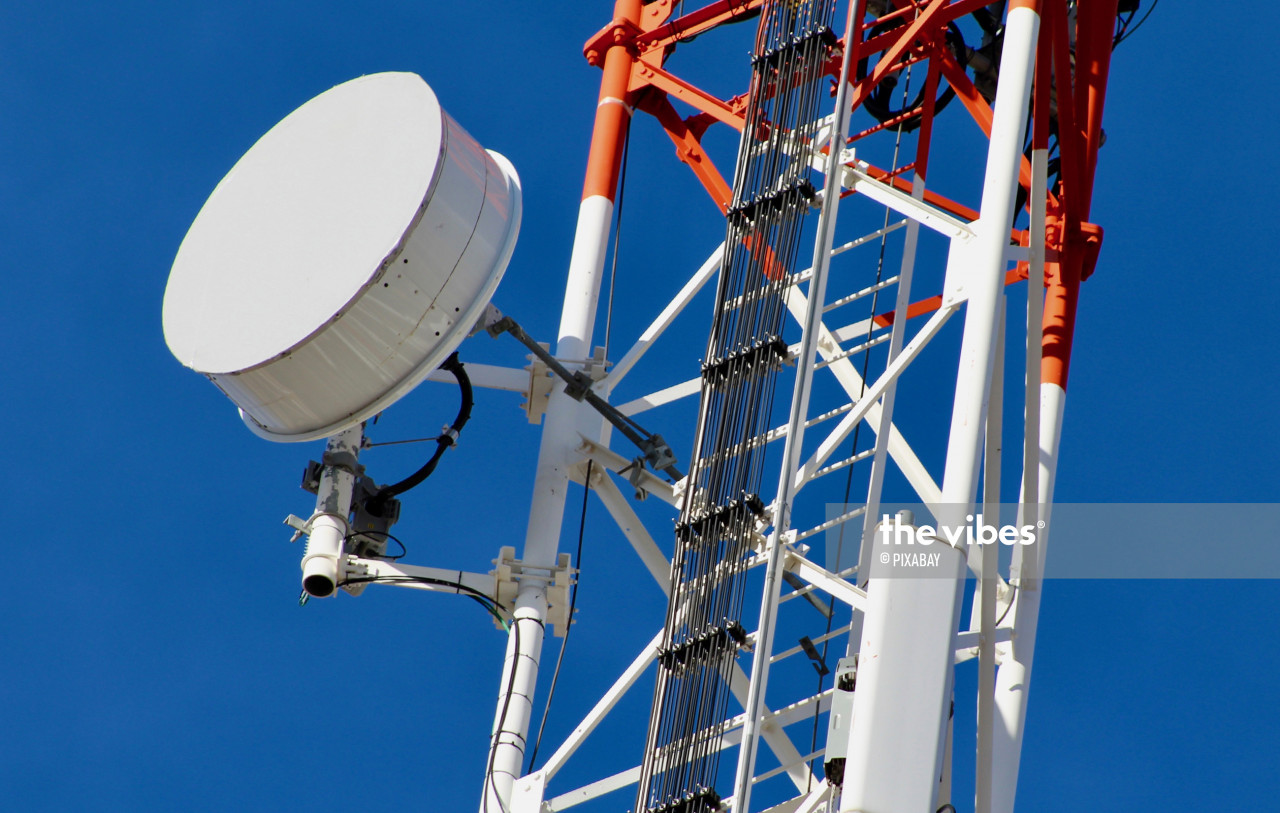
The article goes on to describe open-access models that have been implemented in several countries, including Singapore and its “national broadband network”.
“Singapore provides an example of extensive government activity and funding to develop next-generation access networks, with the ultimate aim of providing high-speed broadband for all. A significant degree of separation is needed between industry participants to ensure that downstream operators have effective open access to the infrastructure. After extensive consultation, this separation has taken the form shown in the chart.
“The supply structure is based on operational separation between retail service providers and OpCo (wholesaler); structural separation between OpCo and NetCo (fibre network); structural separation between underlying infrastructure ownership (AssetCo) and management of the fibre network (NetCo).
“At the core of the structure, NetCo (owned by a consortium comprising SingTel, Axia, SPH and SPT) is responsible for the design, building and management of passive infrastructure. In order to make available the promised speed of 100Mbps to 1Gbps, NetCo has to roll out a new fibre-optic network to all Singapore households, using the existing passive infrastructure owned by AssetCo.
“OpCo (wholly owned by StarHub, but operationally separated from StarHub’s other activities) is responsible for the management of active equipment. OpCo provides wholesale network services to retail service providers, which in turn provide service to retail customers.
“Singapore has opted for structural and ownership separation to ensure non-discriminatory access to essential passive infrastructure facilities. The Singaporean regulator appears to have concluded that providing the passive infrastructure needed for the roll-out of high-speed broadband access is not prospectively competitive and could create a bottleneck in the market. By separating ownership of these facilities from all market players (including SingTel), the approach removes the downside of vertical integration, though it is not clear at what operational cost to SingTel this was achieved.”
However, the article does not say who the asset owner or owners (AssetCo) in Singapore is or are, but it owns the passive infrastructure, which could likely mean the underground ducts, trunking, overhead poles and so forth through or upon which the cables and fibres are routed.
ITU News is a publication of the International Telecommunication Union (ITU), the United Nations’ specialised agency for information and communications technologies.
Revisiting HSBB
In a rather controversial move at the time, Malaysia’s Energy, Water and Communications Ministry back then (now the Communications and Multimedia Ministry) signed a public-private partnership agreement with Telekom Malaysia to deploy Malaysia’s High-Speed Broadband (HSBB) network on an open-access basis, according to the January 2009 edition of .myConvergence, the in-house magazine of the Malaysian Communications and Multimedia Commission.
“The government’s strategy to achieve this was through collaborative effort in a public-private partnership. An agreement to that end was signed between the Ministry of Energy, Water and Communications and Telekom Malaysia (TM) in mid-September 2008 to roll out HSBB over a period of 10 years. Under its first phase, HSBB access will be provided to over 1.3 million premises by 2012.
“Under this initiative, TM will provide last-mile access to homes and businesses through three main technologies namely, fibre-to-the-home (FTTH), Ethernet-to-the-home (ETTH) and Very High Speed Digital Subscriber Line (VDSL2).
“While some in the industry and other commentators have criticised this partnership for providing an advantage to one service provider over the others, the government sees it as the only practical means to enable quick HSBB roll-out, especially when Malaysia is far behind in broadband penetration compared to other countries.
“It needs to catch up fast. Efficient and speedier roll out is required. TM is the only service provider with an extensive network of fixed line infrastructures and ducts in place nationwide, so it’s simpler, cheaper and faster for TM to do it.”
Most practical approach
While there were valid concerns over TM being given the job to deploy Malaysia’s HSBB network, since it is the AssetCo, NetCo and OpCo whose interest could conflict with competitors to which it is obligated under terms of the agreement to provide open access over its network, TM, now a government-linked company (GLC) that was formerly Jabatan Telekom Malaysia, is a government department that deployed Malaysia’s early telegraph, telephone and telex communication networks and services to subscribers in Malaya and later Malaysia.
So, TM already has an extensive network of passive and active assets, including installed infrastructure such as underground trunking, ducts, overhead poles, and cables serving homes and offices in Malaysia, so this was the most practical and cost-effective option, given TM’s legacy as Malaysia’s telecommunications network operator and service provider, and require TM to allow open access to its competitors over its network for competitors to provide their service to their subscribers.
It takes decades to deploy communications infrastructure nationwide and huge investments in the billions, so if the Malaysian government had instead relied on TM’s competitors with their own network provider’s licences to deploy their own respective HSBB networks, they would most likely have had to spend billions of ringgit and would have taken a long time to deploy their own fibre networks quickly and widely enough.
Moreover, lacking the economies of scale, they may have had to charge their subscribers more for service, when broadband subscription rates in Malaysia are relatively higher compared with those in several neighbouring countries, especially in purchasing power parity terms.
Also, if one company cutting a trench in the road at night to lay fibre, then hastily filling in the trench and patches the tarmac by morning and leaving an uneven road and a bumpy ride for motorists is bad enough; what more three, four, five or six companies cutting their own respective trenches in the road to lay fibre?
Another GLC, Time dotCom Bhd, deploys its fibre network nationwide, however a check on the active map on its website reveals that it mostly serves buildings such as apartment blocks, office blocks, hospitals and universities rather than landed properties such as bungalows, semi-detached and terrace houses, and I suppose that it is more cost-effective for Time to serve a large number of subscribers at one location than single families at a large number of locations.
Also, the satellite TV broadcaster Astro also delivers its broadcasts to subscribers in apartment blocks over fibre, as this overcomes the problem where it is not possible for a satellite dish to be mounted outside some apartments to have a clear signal line to the satellite above, since they are on the side of the apartment facing away from the satellite. Moreover, this also overcomes the rain-fade problem of satellite signal reception, especially during heavy rain.
Jalenas’ wholesale fibre network
In 2009, Jalur Lebar Nasional Sdn Bhd (Jalenas), a Pahang-based company in which the state government owned a 20% stake at the time, launched its open-access, wholesale fibre network in Kuantan in 2009.
Its fibre network would enable third-party retail service providers, such as ISPs, MNOs, pay TV providers and so forth to provide their own services to end users in homes and offices over its network at wholesale rates, while they charged their own subscribers their retail rates.
Monopoly not necessarily a bad thing
Fast forward to today, DNB’s open-access, single wholesale network is based upon the same concept as Jalenas, Malaysia’s HSBB and Singapore’s National Broadband Network, except that Malaysia’s NetCo is a government-owned company, while Singapore’s NetCo is a consortium of companies, including Singaporean GLCs.
A lot of those people who yell and scream about “monopoly” and the need for “competition and a wide freedom of choice” fail to understand that access to telecommunication services is not like buying manufactured goods, whether a computer, a microwave oven, a car, a house, an airliner or a ship, where there are many choices of independently working items, but while there is a huge choice of “dumb” phones and smartphones, like trains, they are pretty useless without a network over which to operate.
Of course, we’ve heard many complaints about problems on the ground with access to HSBB connectivity, complaints about its cost, and quality of service, so there could well be similar complaints about 5G services carried over DNB’s wholesale open-access network.
Also, there also are valid questions about whether DNB will deploy its network nationwide quickly and widely enough; whether it will maintain its network in top working order; whether 5G over its network will live up to 5G speeds; whether there would be issues of congestion on its network; what the cost of the 5G service to end users would be, and so forth.
We’ve e-mailed these questions to DNB and are waiting for a reply. – The Vibes, December 27, 2021
This article by Charles Moreira first appeared on Enterprise IT News on December 15



